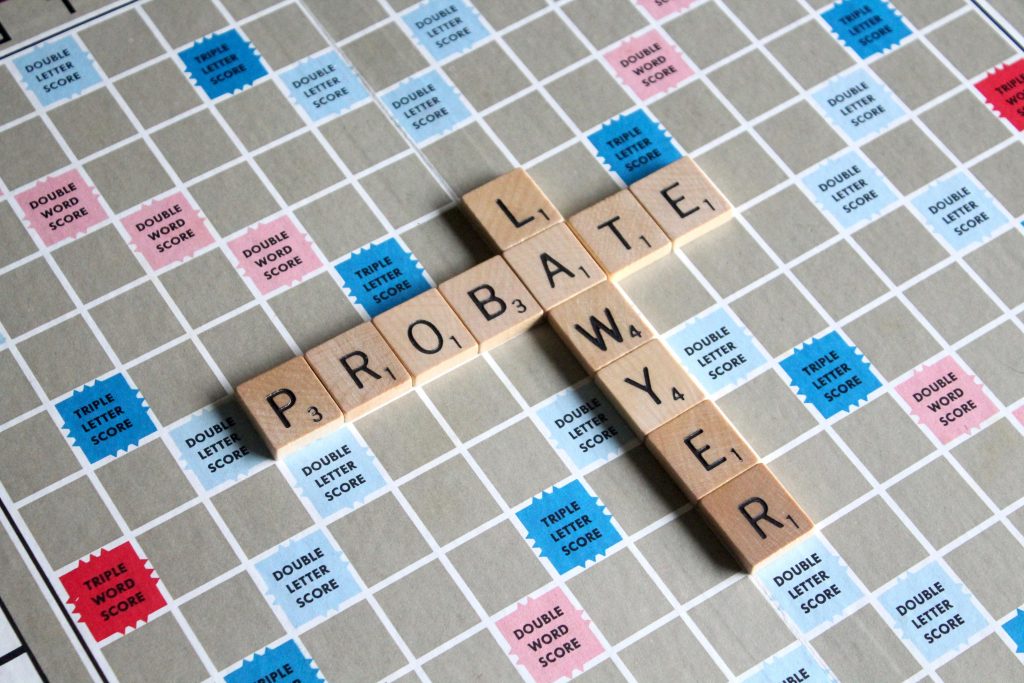What’s Probate and Letter of Administration/ Estate? What’s the Process Flow of Estate Administration?
Introduction- Dies with a Will/ Or Without a Will
This article provides a brief outline on the process of probate and the steps that a person with interest should take if he or she is looking to claim from or execute an estate. The term ‘estate’ refers to all immovable and movable property that a person owns and is left at the time of his or her demise.
There are three types of situations when a deceased passes way; ie testacy, partial intestacy and intestacy. Testacy is when the deceased dies with a valid Will. A Will is a legal document which declares the intentions of the deceased as to the distribution of his or her estate and may include provisions for guardianship, custody and education provision for a child. The Wills Act 1959 only applies in Peninsular Malaysia and to non-Muslim estates.
The second is partial intestacy which arises when the deceased leaves a Will but does not dispose of the entire estate and hence, leaving a portion of his or her estate without proper instructions of distribution.
The last form of probate is known as dying intestate. Intestacy occurs when the deceased dies without leaving a Will behind. In such a case, the estate with the exception of Muslim estates, would be distributed according to the Distribution Act 1958 (Act 300) (applicable only in Peninsular Malaysia and Sarawak. Sabah continues to be governed by the Intestate Succession Ordinance 1960).
The administration of estate basically involves three general steps. The personal representatives will need to collect the deceased’s estate. The personal representatives are individuals or corporations in charge of executing and distributing the estate. If the estate is one with a will, the personal representative is called an executor (male) or an executrix (female). If the deceased dies intestate, the personal representative would be called an administrator (male) or an administratrix (female).
After the collection of the estate, the personal representatives would need to pay off the debts and liabilities of the deceased. This includes funeral expenses. The remainder of the estate would be distributed:
- in accordance to the Will in the case of testacies or
- in accordance to the Distribution Act 1958 in the case of intestacies or
- in accordance to the Will for property disposed of in the Will and in accordance to the Distribution Act 1958 for property not disposed of in the Will.
How to Apply for Grant of Probate
The next question that needs to be answered is how does one apply for the grant of probate or the letters of administration. To apply for the grant of probate, the executor must obtain the Death Certificate from the Registrar of Births and Deaths. He or she then must ensure that the Will is valid and conforms to the requirement of the Wills Act 1959. If the Will is in any other language other than English or Bahasa Malaysia, a translation certified by a qualified interpreter or verified by an Affidavit (a sworn statement) is required. It is advised that two certified copies are made of the Death Certificate and the Will. The executor must also attach the List of Assets and Liabilities of the estate. Once all the documents are obtained, he or she needs to apply to the court by way of Originating Summons found in Form 6 and supported by Affidavit in Form 159. The Affidavit must give information regarding the testator, beneficiaries, minor beneficiaries, widower and children. The applicant named would be the executor named in the Will. The documents are filed at the Registry of the High Court. The Senior Assistant Registrar will have a hearing and inquire into all the matters of the estate. Once satisfied, the Registrar will make the order of probate which effectively vests the power to the executor to act.

How to Apply the Grant of Letter of Administration (LA)
An application for LA involves similar processes and forms. The only difference is the contents of the affidavit. If there is a Will but no proving executor, the Will needs to still be attached. No proving executor means that there is no executor named in the Will or the executor is unwilling or unable to act due to reasons such as unsound mind or being a minor. The affidavit must state there is no proving executor. If there is no Will, there is no need to do as such. However, in an application for the LA, there is a priority of persons entitled to apply and this must be dispensed with before anyone can apply for the LA. In addition to this, if the estate is valued more than RM50,000, the administrator must enter a security bond known as the administration bond unless the court dispenses with the need to do so. Any application stated before must be done within three years of the death of the deceased. Any delay must be explained in the affidavit. It must be noted that an administration bond with two sureties will be required before the grant of LA can be extracted
Executor Must Act Without Delay
It is noted that the personal representatives should not wait too long before starting the probate process. Otherwise, all the assets will effectively be ‘in limbo’, as no one will have the legal authority to manage them. As of the date of article, Malaysia does not have any form of death tax, estate duty or inheritance tax which need to be paid before the court can issue a grant of probate or LA.

Technical
In terms of the above, the most technical part of the process and the area which would be the most confusing to the common man would be the question of personal representatives. The grant of probate is basically the right to act on an estate. The overall process is governed by the Probate and Administration Act 1959 (Act 97). If there is a valid Will, probate is granted to a proving executor. The executor is named in the Will which was written and signed by the deceased with two sound witnesses. It should be noted at this point that the executor must not be a minor. He or she must also be of sound mind and free of any mental illness. There can be only be up to four executors. If there is more than one, probate can be granted to all of them simultaneously or at different times. If in the event a minor is named, he or she may only obtain a grant of probate when he or she reaches the age of 18. If a minor is named a sole executor, the court will grant the letters of administration with Will annexed to the minor’s guardian i.e. his or her parents or any other person the court thinks fit.
If the estate at hand is intestate or if there is no proving executor, the grant of probate is given to a person who applies to the court and if the court deems him or her fit to act. The court will take into consideration whether the person has an interest in the estate. If there is an interest, the person can apply to the court to obtain the letters of administration (LA). The difference in terms of an intestate or partial intestate estate compared to a testacy is that if there is an infant beneficiary i.e. if there is someone below 18 that stands to benefit from the estate of the deceased or if there is a life interest (an interest that exists throughout the life of that beneficiary), the administrator must be a trust corporation such as AmanahRaya Berhad or Rockwills Corporation. At any point in time, there can only be a maximum of four administrators. If there is a minor who benefits from the estate, there must be a minimum of two administrators or a trust corporation appointed.


